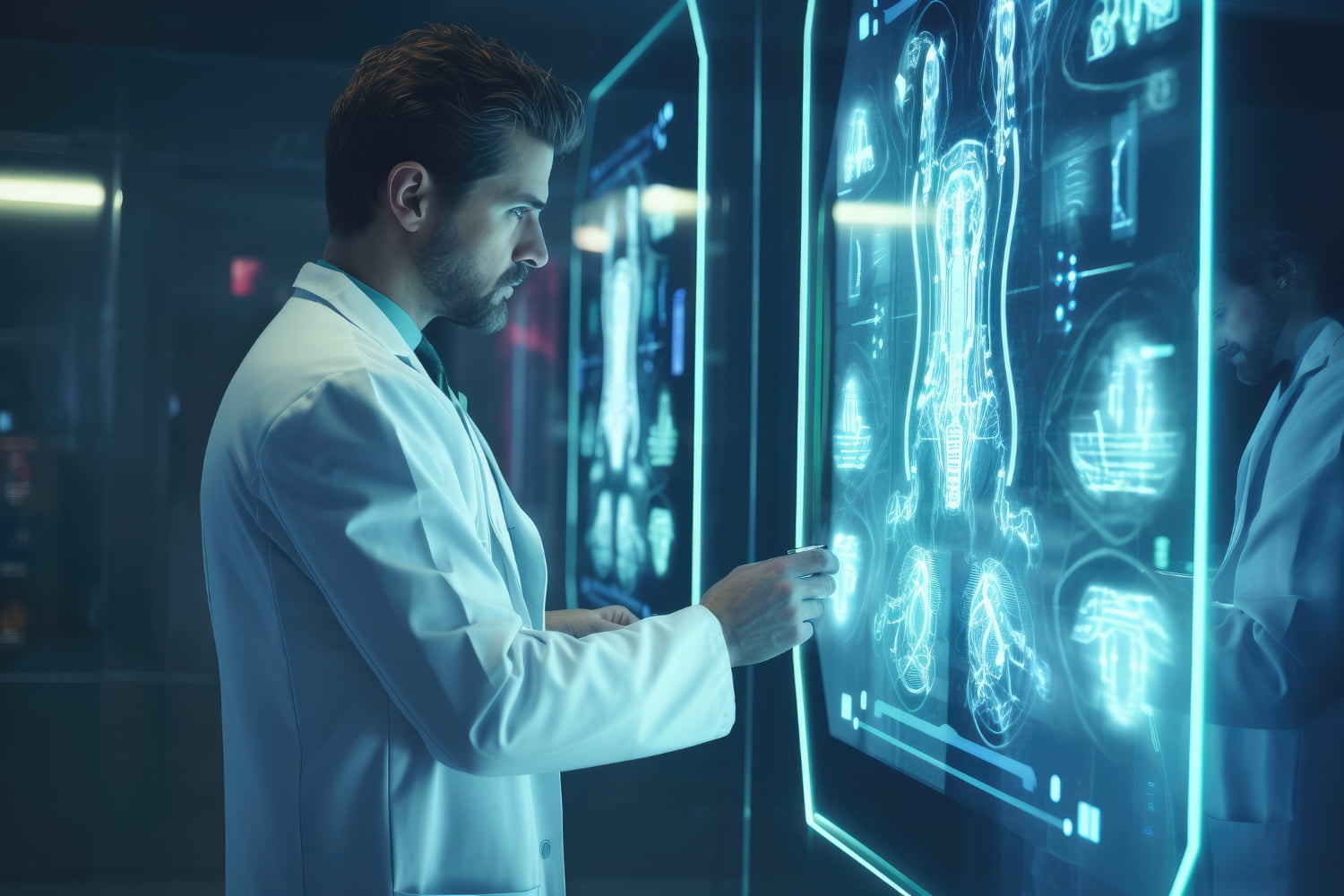
Utilizing Artificial Intelligence for Enhanced Pharmacovigilance and Drug Safety
April 11, 2024
Artificial Intelligence (AI) has revolutionized the field of pharmacovigilance and drug safety monitoring, offering innovative solutions to manage the vast amount of data generated in the pharmaceutical industry. This technology enhances the ability to detect, assess, understand, and prevent adverse drug reactions or any other drug-related problems.
The Role of AI in Pharmacovigilance
Data Management and Analysis
AI systems excel in handling large datasets, which are common in pharmacovigilance. They can process and analyze data from various sources, such as electronic health records, clinical trials, and social media. AI algorithms can identify patterns and anomalies in the data, facilitating early detection of potential drug safety issues.
Signal Detection and Risk Assessment
AI enhances signal detection by automating the extraction and analysis of data, identifying potential risks and safety signals faster and more accurately than traditional methods. Machine learning models can predict adverse drug reactions by analyzing historical data, helping to assess the risk-benefit profile of medicines.
Real-time Monitoring and Decision Support
AI enables real-time monitoring of drug safety, providing healthcare professionals with immediate information and alerts. Decision support systems powered by AI can assist in interpreting the data, offering recommendations, and guiding clinical decision-making, thus improving patient safety.
Advancements and Innovations
Natural Language Processing (NLP)
NLP is a key AI technology in pharmacovigilance. It can analyze unstructured data, such as patient reports and scientific literature, extracting relevant information for safety monitoring. This helps in identifying previously unnoticed trends and details, enhancing the overall understanding of drug safety profiles.
Predictive Analytics
AI-driven predictive analytics can forecast potential adverse drug reactions before they occur, allowing for proactive risk management. These models use historical data and current trends to predict future outcomes, aiding in the early detection and mitigation of drug-related risks.
Integration with Other Technologies
AI in pharmacovigilance is increasingly integrated with other technologies like the Internet of Things (IoT) and blockchain. IoT devices provide continuous real-time health data, while blockchain ensures the integrity and security of the data shared across networks, enhancing the efficiency and reliability of drug safety monitoring systems.
Challenges and Considerations
Ethical and Privacy Concerns
The use of AI in pharmacovigilance raises ethical and privacy issues, particularly related to the handling of patient data. Ensuring the confidentiality, integrity, and security of data is paramount to maintaining public trust and compliance with regulatory standards.
Data Quality and Standardization
The effectiveness of AI in pharmacovigilance depends on the quality and standardization of the data. Inconsistent or inaccurate data can lead to erroneous conclusions, emphasizing the need for robust data management practices and standards.
Regulatory Compliance
As AI technologies evolve, regulatory frameworks must adapt to ensure they are used safely and effectively in pharmacovigilance. Developing clear guidelines and standards for the use of AI in drug safety monitoring is essential to foster innovation while ensuring patient safety.
AI has the potential to transform pharmacovigilance and drug safety monitoring, offering advanced tools for analyzing vast amounts of data, enhancing signal detection, and providing real-time decision support. Despite the challenges, with proper regulation, ethical considerations, and data management practices, AI can significantly contribute to the proactive management of drug safety, ultimately improving patient care and public health outcomes.
© 2024 ITSoli
